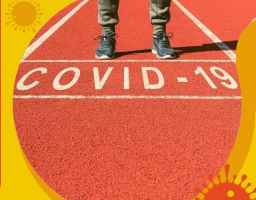Research Project

The research project titled “Comparison of dynamic and static postural control in day and between days in athletes” was compiled by Dr. Ali sharifnezhad, SSRI faculty member. The aim of the project was to investigate Time-of-day influences on static and dynamic postural control in several consecutive days in male athletic students.
To know a summary of the project it is recommended to read more below:
Sixteen healthy student athletes (age: 22.12± 0.95y, weight: 66.70±9.76 height: 173.09±7.85 cm, leg length: 87.31±4.79 cm, BMI: 22.24±2.70) participated in the study. All subjects attended laboratories in the hours 10:00, 15:00 and 20:00, on 5 consecutive days. After 5 min warm up, static control posture tests using the Balance Error Scoring System (BESS) and dynamic control posture test using Y Balance Test (YBT) were performed. Analysis of variance with repeated measures was employed to analyze data. Results did not show a significant difference between times of days for static control posture (P>0.05), but dynamic control posture is significantly different in various time of days (P<0.05). Static control posture in the morning, afternoon and evening had a trend to gradually increase in the consecutive days (P<0.05). Differences in dynamic Control posture during the monitoring and evening in several consecutive days were not significant, but at noon it was significant on several days between the first and second days, also first and fifth. Generally, circadian rhythms affect the dynamic control posture in a manner that the best performance occurred in the morning then at noon and in the evening, but static control posture and balance do not follow a distinct pattern. Although the specific training in the same times of several consecutive days does not improve the balance and control posture does not significantly, but the trend is growing.





Your Comment :